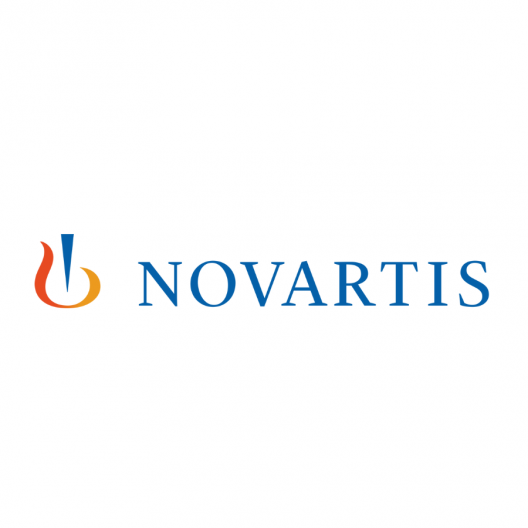
Making the Recruitment Process Trans-Inclusive
Resources
By Lee Christie, P&O Head for Novartis Ireland
As organizations strive to create more
inclusive and welcoming workplaces, it’s crucial to ensure that this commitment
extends to potential employees in the recruitment process. A
trans-inclusive recruitment process not only fosters a sense of belonging,
safety, and respect for transgender individuals, but it also helps in attracting
and retaining top talent.
Use Gender-Neutral Language
When creating job descriptions and
recruitment material, carefully consider and review the language used. Avoid
gendered language such as “he”, “she”, “man,” or “woman” unless it’s
specifically relevant to the role. Instead, focus on using gender-neutral terms
like “they”, “candidate”, “applicant,” or “individual.”
Make Your Commitment Visible
Alongside job descriptions, another
starting point of the recruitment process is the marketing campaigns.
Demonstrate your commitment to diversity and inclusion from the outset by
incorporating diverse and inclusive imagery and language into your marketing
materials, website, and social media posts. This allows prospective candidates
to
Create Inclusive Application Forms
Whether it is a paper or digital form,
inclusive options for gender identity and expression are a must when designing
application forms. Allowing individuals to select their own gender identity
from a range of options or providing an open-ended field for
self-identifications showcases your inclusivity from the moment they have
decided to apply.
Train Recruiters and Hiring Managers
Educate recruiters and hiring managers on
best practices and issues related to gender identity and expression. Provide
them with training on unconscious bias, using inclusive language, and how to
create a respectful interview environment for transgender individuals.
Offer Flexible Interview Accommodations
Be accommodating when scheduling interviews to allow flexibility for transgender individuals who may have specific needs, such as offering virtual interviews for those who may feel uncomfortable in traditional office settings in a new organization.

Respect Pronouns and Names
A simple request, and yet one of the most
meaningful. Address all candidates by their chosen pronouns and names, even if
they do not match legal documents or other historical documents provided. Not
only does this allow employees to feel psychologically safe during the
interview process, but it also highlights you as a future employer as a truly
understanding employer.
Create a Safe and Supportive Environment
Ensure that each interview environment is
welcoming and supportive of transgender individuals. Avoid asking questions
about their gender identity or transition. Remind candidates in the process of
their data privacy, and that information is safely stored
Be Mindful, Show Care and be Supportive
Throughout the process, if a candidate
discloses that they are trans, remember to remain professional and thank them
for sharing. Make an effort to put them at ease by informing them of your
organization’s stance on Diversity, Equity, and Inclusion and any policies
related to it. Explain to them that what they have shared is not relevant to
the job or the interview process and refocus the attention back on the
interview itself. If a candidate discloses this information after an interview,
you can have an open discussion about any actions, if any, that need to be taken.
Regularly Review Clear and Visible
Policies
All organizations should regularly review
their policies and procedures to ensure they are inclusive and aligned with
evolving LGBTQ+ rights and protections. To show the organization’s support, you
should make them visible on your company website or available to send
candidates to demonstrate your organization's ongoing commitment to staying
up-to-date with best practices.
Seek On-going Feedback Internally and Externally
With a wide network of organizations and
internal Employee Resource Groups (ERGs) focused on LGBTQ+ issues, these groups
can provide ongoing valuable guidance on creating inclusive recruitment
practices, provide training for all employees, and identify areas for
improvement.
Remember, creating an inclusive recruitment
process is an ongoing journey that requires commitment, continuous
improvement, the willingness to learn, and the humbleness to be corrected. By
implementing these tips and continuing to foster a culture of respect and
understanding, you can help ensure that your organization attracts and retains
a diverse and talented workforce that reflects the wider community.

